Compact country houses for sale
Penny Churchill surveys two masterpieces in minature.
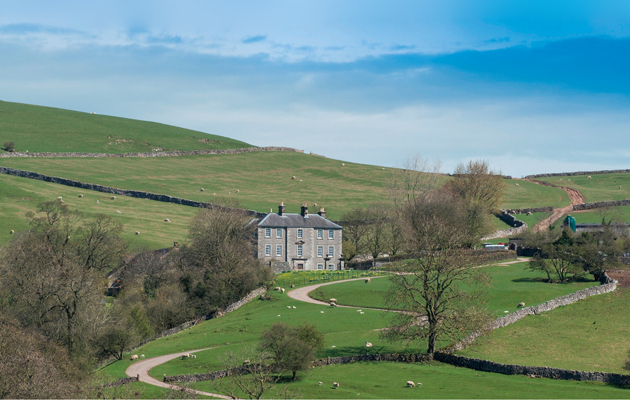

This week highlights the launch onto the market of two exceptionally pretty, compact country houses—the early-18th-century Casterne Hall at Ilam in the Staffordshire Peaks and the 16th-century Morley Old Hall, near Attleborough, Norfolk —which together encapsulate the most charming aspects of two of the greatest periods of English house-building.
‘The great delight of Casterne is its feeling of grandeur in miniature,’ wrote the late Gervaise Jackson-Stops in COUNTRY LIFE (February 1, 1979), following a visit to the manor, which sits high on an escarpment overlooking the picturesque Manifold Valley, yet easily ‘holds its own within the dramatic Peak District landscape’. Although Queen Anne in style, the house is Georgian in date, having been remodelled in the 1730s for Nicholas Hurt, a member of one of Derbyshire’s oldest landowning families, who bought Casterne in 1617 and built a Jacobean house on the site. This was later incorporated in the 18th-century building, since when Casterne Hall has remained almost unaltered.
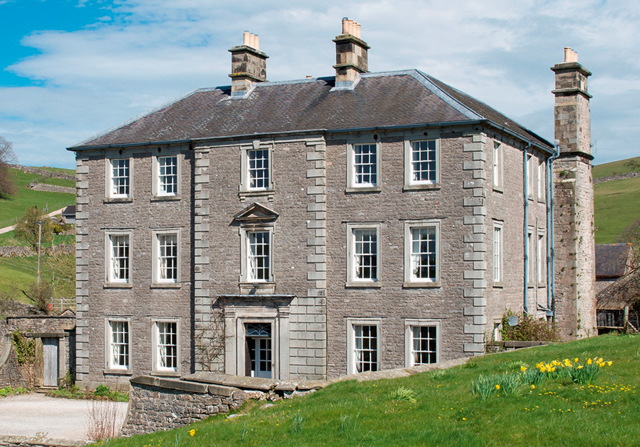
Casterne was tenanted from the late 18th century onwards and sold in 1919 to the White family, who were the tenant farmers. The rest of the main Hurt family estates at Alderwasley Hall, near Wirksworth, Derbyshire, were sold in 1928. In 1953, when the White family needed to sell, continuity was ensured when Michael Hurt, a nephew of the Maj Hurt who sold Casterne in 1919, bought the house and estate, along with a number of family heirlooms, paintings and important pieces of furniture, which helped to furnish the house ‘in a triumphant spirit of family revival’.
Mr and Mrs Hurt embarked on a ‘thorough but tactful’ renovation of the house and its grounds. Inside, Mrs Hurt opened up the main drawing room to help recapture the flavour of a family house. Other structural repairs included the installation of bathrooms and loos—the only running water having previously been in the kitchen.
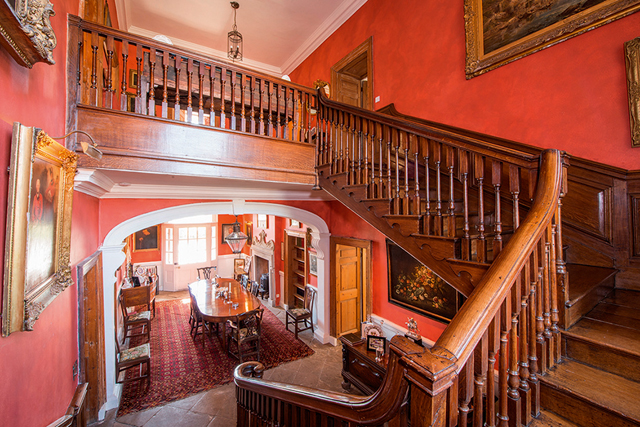
In due course, the mantle passed to Michael's son Charles, the present vendor, who has also carried out a lengthy programme of restoration and improvement. The roof has been completely renewed and almost every room refurbished, although, nowadays, the heart of the house is a smart kitchen/breakfast room with under-floor heating, marble worktops and a central island. Casterne Hall has some 5,600sq ft of living space on three floors, including a grand entrance hall with a much-admired oak staircase, two main reception rooms, nine bedrooms and three bathrooms.
A traditional courtyard of stone buildings houses stabling, garaging and a three-bedroom flat and completing the equestrian facilities are a paddock and a manège laid out on the site of a long-abandoned medieval village. The farming enterprise is housed in a range of modern farm buildings to the east of the house.
Casterne Hall, listed Grade II*, stands at the end of a long, winding drive surrounded by its 183 acres of grassland and woodland, with more than 1,000m (3,280ft) of frontage on the River Manifold. Its wild, romantic setting within the Peak District National Park has made it a favoured venue among wedding organisers and film-makers alike. To date, it has been used in the filming of Jane Eyre, Sherlock Holmes: The Hound of the Baskervilles, Agatha Christie’s Poirot, Far from the Madding Crowd and Jonathan Creek. It also figures in Simon Jenkins’s England’s Thousand Best Houses and, in 2011, was the runner-up in Country Life’s England’s Favourite House award for privately owned country properties of ‘exceptional beauty and impeccable lineage’.
Sign up for the Country Life Newsletter
Exquisite houses, the beauty of Nature, and how to get the most from your life, straight to your inbox.
And now, with the hillsides of the Manifold Valley awash with hawthorn blossom and gorse bloom, prospective purchasers of the spectacular Casterne Hall estate, for which Knight Frank (020–7861 1069) quote a guide price of £3.25 million, will surely never see it looking lovelier.
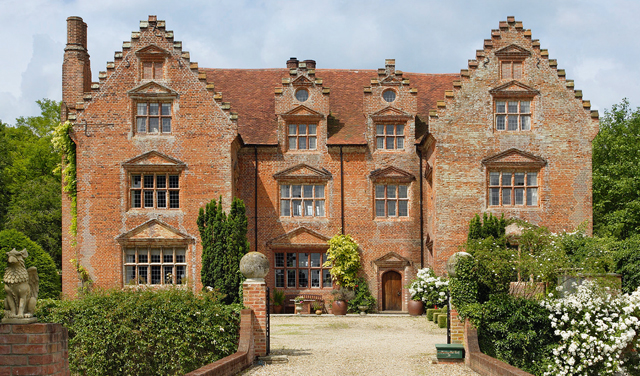
Unlike Casterne Hall, whose links with the Hurt family can be traced back to 1480, Grade I-listed Morley Old Hall, near Attleborough, south Norfolk, has a somewhat chequered ownership history. For sale at a guide price of £2.4m through Strutt & Parker (01603 617431), the exquisite, late-16th-century house was built by the Sedley family, who bought the manor in 1545, and owned it until about 1790. Owners since then have included Field Marshal the 1st Lord Ironside, who was Commander in Chief of the Home Forces during the Second World War. Others included Janet Shand Kydd, first wife of Peter Shand Kydd, the stepfather of Diana, Princess of Wales.
When Morley Hall came on the market in 2008, it was owned by the irrepressible Alison and Richard Warden, who had bought it in poor condition in 2001 and spent a small fortune repairing the moat, renovating the house and outbuildings and putting its 32 acres of overgrown gardens and paddocks back in order. As the recession had started to bite, the agents were happy to secure a sale in 2010 to country letting specialists Clarenco, the current vendor, reputedly at the same price as that quoted today. But, given the additional improvements it has made to the property, whoever buys this delightful house will surely be getting the bargain of a lifetime.
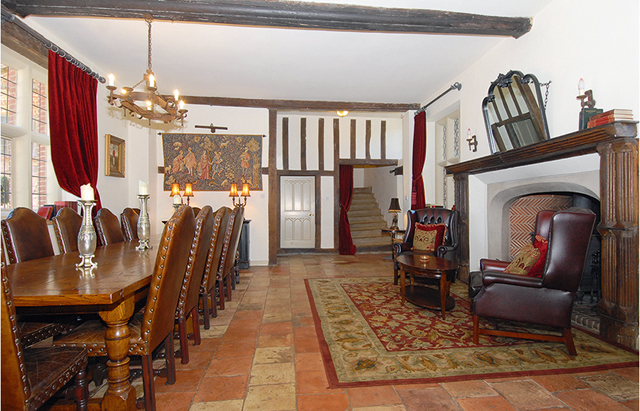
Like the setting from a period drama, Morley Old Hall stands in perfect symmetry on its garden island at the end of a long tree-lined drive, unseen and mostly unheard of, by the residents of nearby Attleborough. Built of red sand-faced brick under a tiled roof, it has accommodation on three storeys, including two grand Tudor reception rooms, a large, light-filled kitchen/breakfast room, seven bedrooms and five bathrooms. Other buildings include three cottages, traditional barns and stabling.
* Country houses for sale in Staffordshire
-
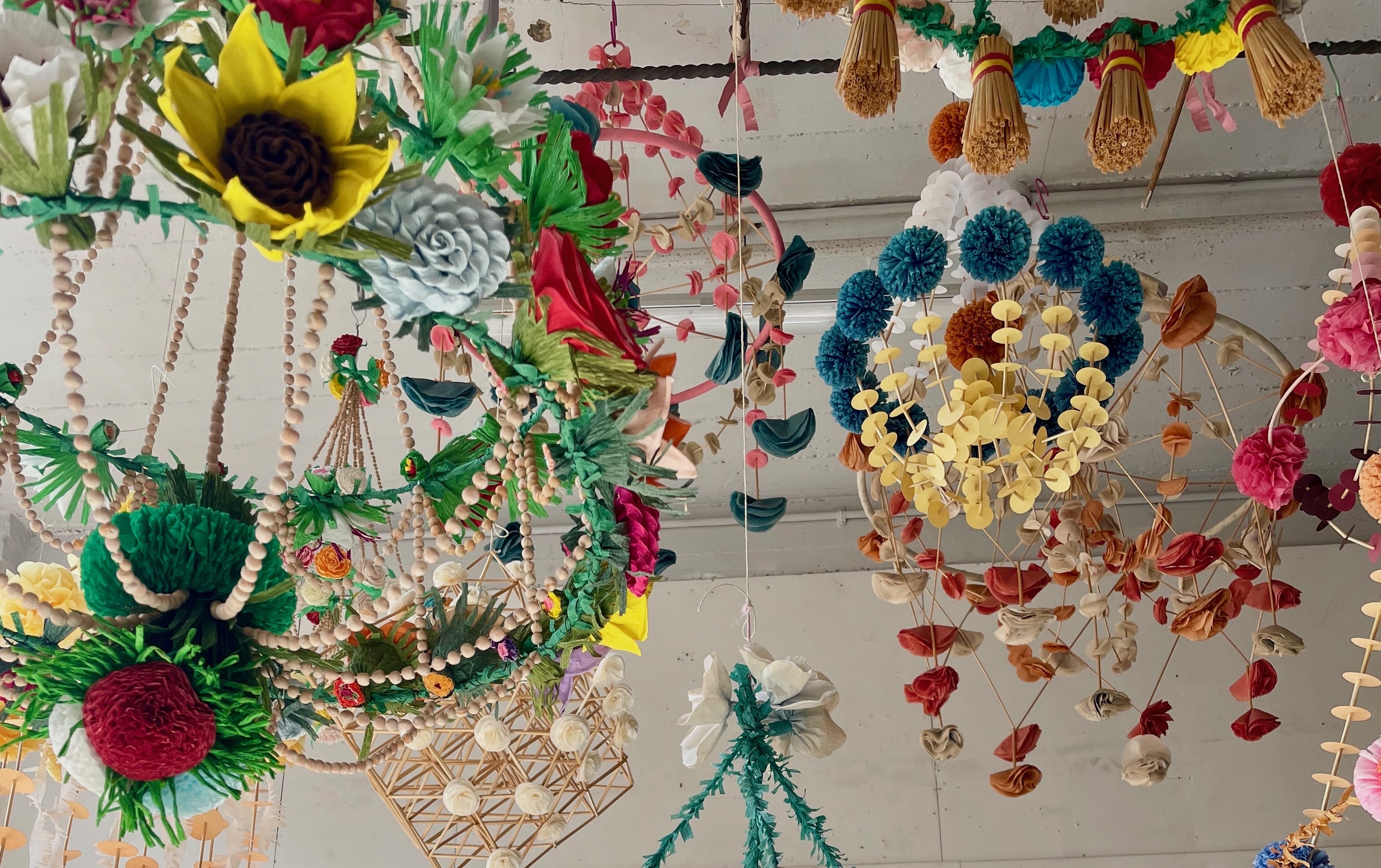 Burberry, Jess Wheeler and The Courtauld: Everything you need to know about London Craft Week 2025
Burberry, Jess Wheeler and The Courtauld: Everything you need to know about London Craft Week 2025With more than 400 exhibits and events dotted around the capital, and everything from dollshouse's to tutu making, there is something for everyone at the festival, which runs from May 12-18.
By Lotte Brundle Published
-
 Everything you need to know about private jet travel and 10 rules to fly by
Everything you need to know about private jet travel and 10 rules to fly byDespite the monetary and environmental cost, the UK can now claim to be the private jet capital of Europe.
By Simon Mills Published
